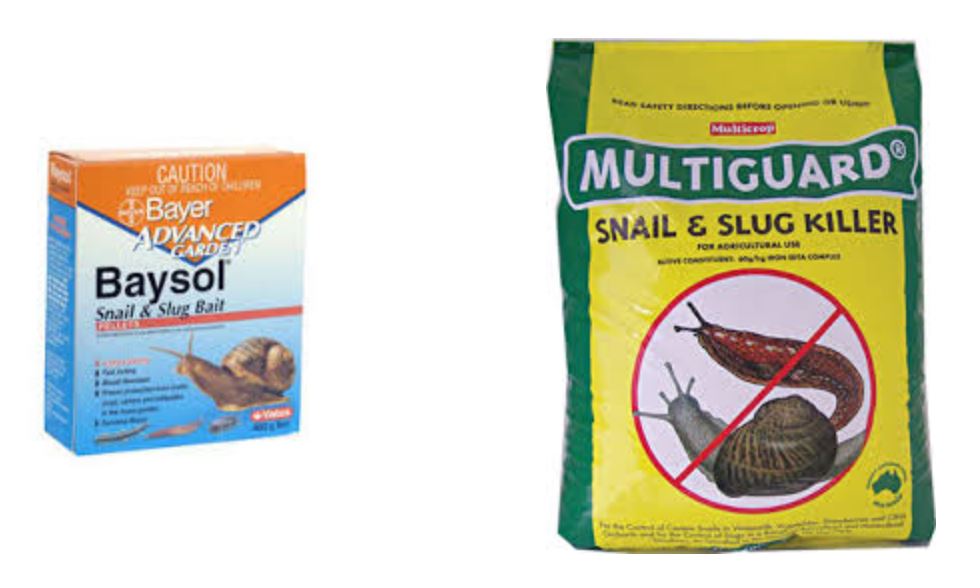
Apollo and Rocky prove they really are fighters
Snail bait poisoning, also known as ‘shake and bake syndrome’, occurs when pets ingest snail or slug bait that contains the drug metaldehyde. It is a relatively common poisoning seen in veterinary practice.
All animals are susceptible and as little as 1 teaspoon per 4.5kg body weight can be fatal in fifty percent of pets.


Diagnosis can be challenging for your veterinarian as there are many different conditions that can cause muscle tremors. Fortunately, in most cases of metaldehyde toxicity owners report seeing their pet eating it, or there is a history of recent snail bait use around the home. Stomach contents and blood can be analysed to confirm metaldehyde toxicity in cases without a clear history of exposure. The downside to these tests is that results take several days, making their use in an emergency situation impractical. In these particular cases it is often best to treat on suspicion whilst performing other diagnostics to rule out other possibilities.


There are many factors that will influence the prognosis if your pet ingests snail bait. These include how much was ingested, how quickly appropriate treatment is initiated and individual patient health. If ever you are suspicious that your pet has ingested snail bait you must seek veterinary treatment as soon as possible. Don’t wait, or it may be too late!




